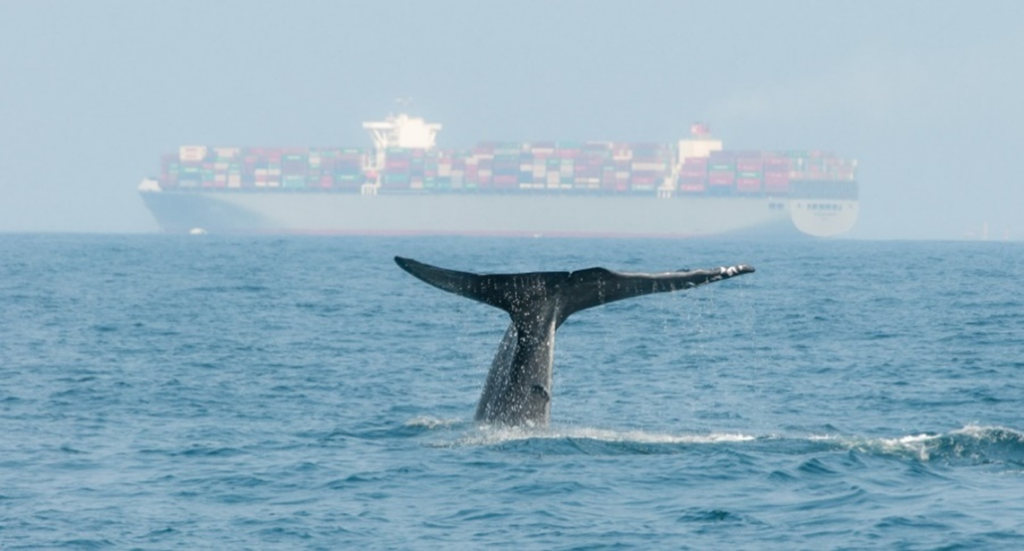Making noise for quieter ships: Why we need to reduce underwater noise pollution
Commercial shipping is the most significant contributor to underwater noise, and its impacts on marine species and the marine environment have been well-documented worldwide.
Yet noise pollution levels are still increasing and affecting some regions of the world, such as the Arctic, disproportionately — a trend that is set to continue unless the shipping industry changes course.

Since sound travels long distances at shallow depths, even a small increase in shipping in the Arctic can have a disproportionate effect on underwater noise levels and noise-sensitive marine life, from molluscs to mammals.
Last week, at the Sub-Committee on Ship Design and Construction (SDC) of the International Maritime Organization (IMO), work started on revising the 2014 guidelines for the reduction of underwater noise and the identification of next steps.
The 2014 voluntary guidelines have largely been ineffective at curbing the impacts of underwater noise from ships globally. A number of barriers were discussed at this meeting, in addition to those identified in a 2019 study guided by WWF-Canada, Shipping of America, World Maritime University and Transport Canada.
Now is the time to take action
Unfortunately, underwater noise appears to be a lower priority compared to other sustainability concerns, such as greenhouse gas (GHG) emissions — but there is a connection between GHG and underwater noise emissions.
The relationship between ship efficiency and underwater noise is complex, but there is a suite of measures that can address both at the same time – a win-win for climate action, marine life and a more environmentally sustainable shipping industry.
The IMO needs to develop mandatory measures to truly limit underwater noise pollution — by keeping the guidelines voluntary, there is no mandate for action.
One positive step forward to note: This meeting included participation, for the first time, by the Inuit Circumpolar Council (ICC). They are the first Indigenous organization to be granted consultative status at the IMO and played a critical role in advocating for Inuit engagement and inclusion of Indigenous Knowledge on this issue.
What’s next?
The IMO has set a good initial course for its work but much more urgency needs to be applied, especially to develop thresholds and mandatory measures to reduce noise pollution.
Steps such as speed reduction can be put in place immediately to turn down the volume, and industry needs to implement design changes, particularly related to propeller operations, which need not wait for mandatory measures coming out of the IMO.

